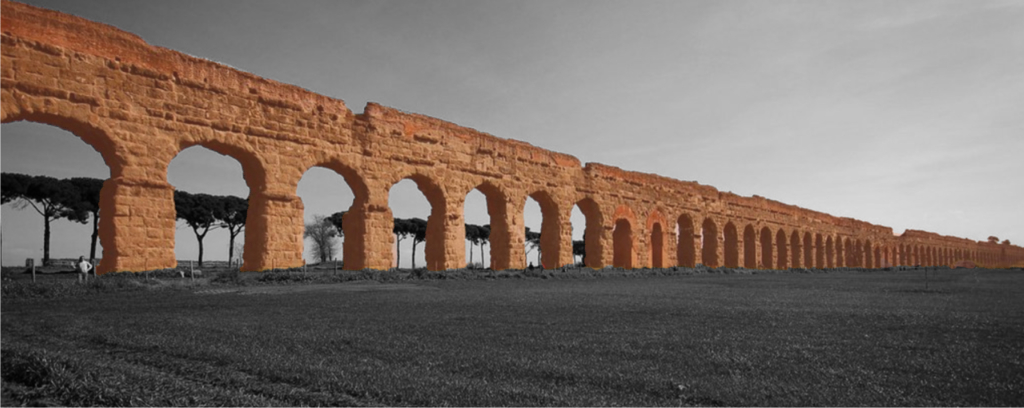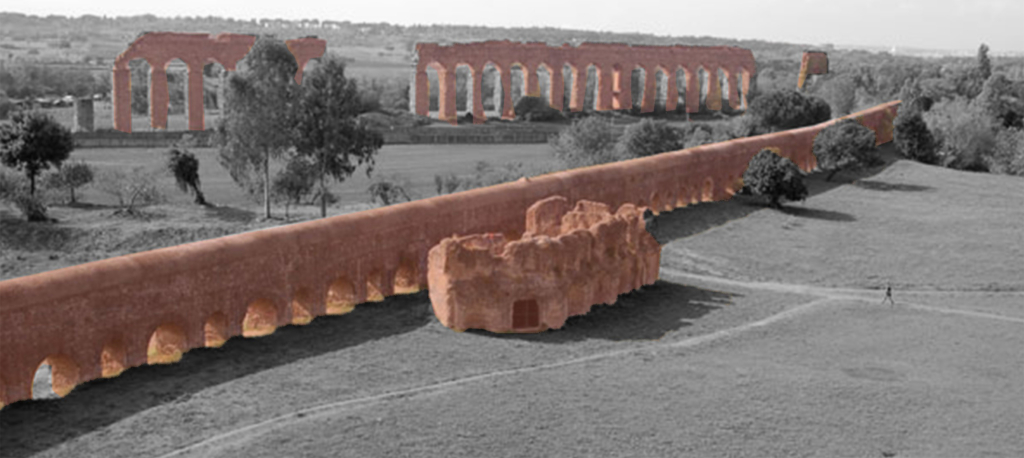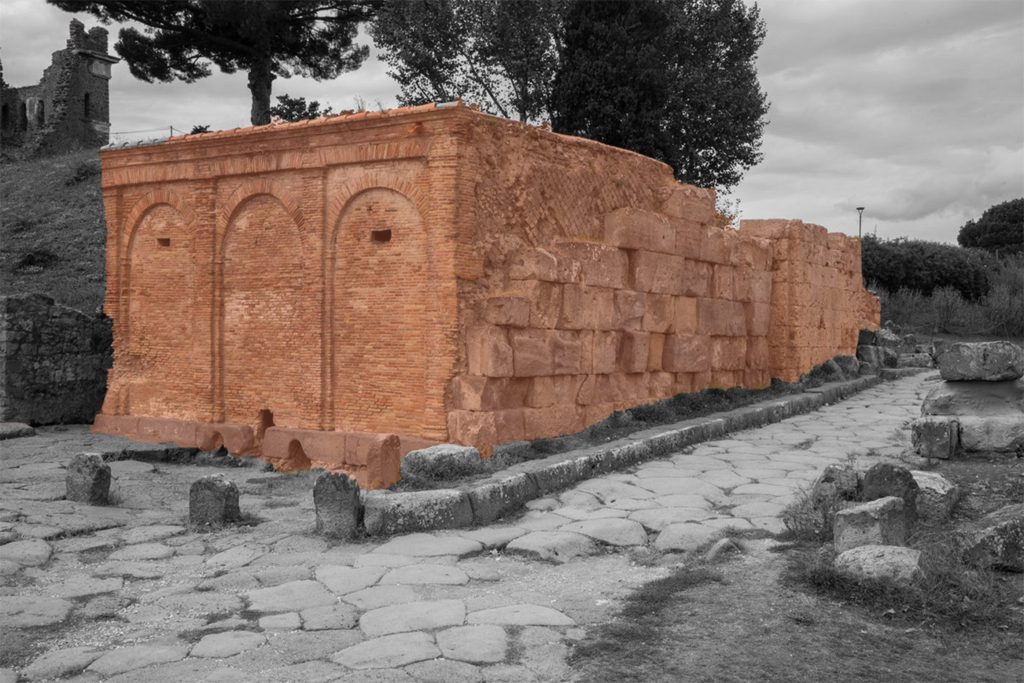
A system of pipes, canals, and supporting structures used to convey water from its source to its main distribution point.
Camilla Di Nicola
2020
The Roman Aqueduct systems were built over a period of about 500 years, from 312 B.C. to A.D. 226. Both public and private funds paid for construction. The city of Rome had around 11 aqueduct systems supplying freshwater from sources as far as 92 km away.
The aqueducts were made from a series of pipes, tunnels, canals, and bridges. Gravity and the natural slope of the land allowed aqueducts to channel water from a freshwater source, such as a lake or underground springs, to a city. As water flowed into the cities, it was used for drinking, irrigation, and to supply hundreds of public fountains and baths. The principle was relatively simple: pure and abundant sources in the hills around Rome could be tapped, and their waters diverted into artificial channels running gently towards the city on a gradient designed to deliver them at a useful height, to flow around the city and feed street fountains, baths, and (for a fee) private houses.

The aqueduct system consisted of several elements, of which the remains can still be seen. The piscina limaria, where sedimentation tanks were used to purify the water, the cisterna, cistern, which collected rainwater or excess water from the aqueducts for periods of drought. At the end of the aqueducts, there was the castellum aquae which distributed the water inside the city. The aqueducts were fundamental to provide drinking water to the city but also for other functions such as thermae, baths, that helped the well-being and health of citizens.



Circular Stories
The first thing to do to start the construction of an aqueduct was to find a source of water that was drinkable and at a certain height that could allow its exploitation through pressure. After the inspection of the water quality, long underground tunnels were built in which the water flowed. Furthermore, the purification of the water was also guaranteed by the porosity of the soil (mainly tuff) that filtered the rainwater.
Finally, the settling tank (piscina limaria) improved the water purification by collecting the debris at the bottom of the tank. The canal, or specus, was constructed to maintain a constant slope so as to overcome the differences in height the arches. Excess water from the aqueducts and rainwater was collected in the cisterns.
Once arrived in the city, the water was distributed through the castellum in three different directions: for public fountains, for baths, and for some privileged private houses. The water was also used to clean the streets, improving the sanitary quality of the city. Only then, the water was channelled into the sewer system and then ended up in the river which was organized with a system of grain mills.
